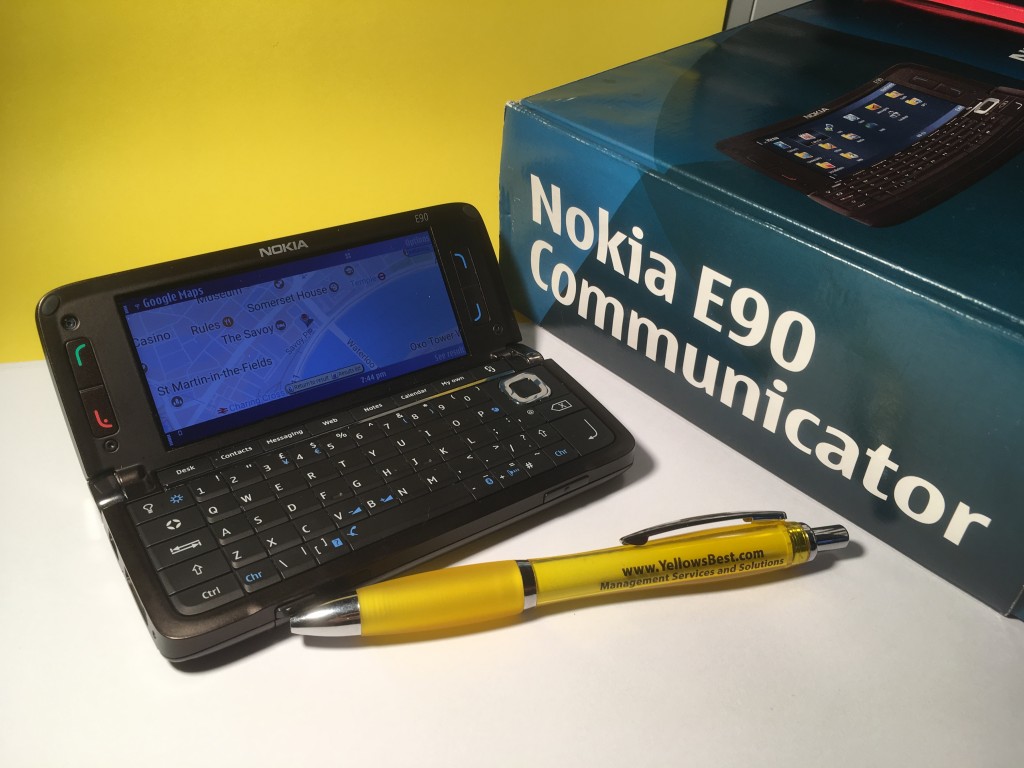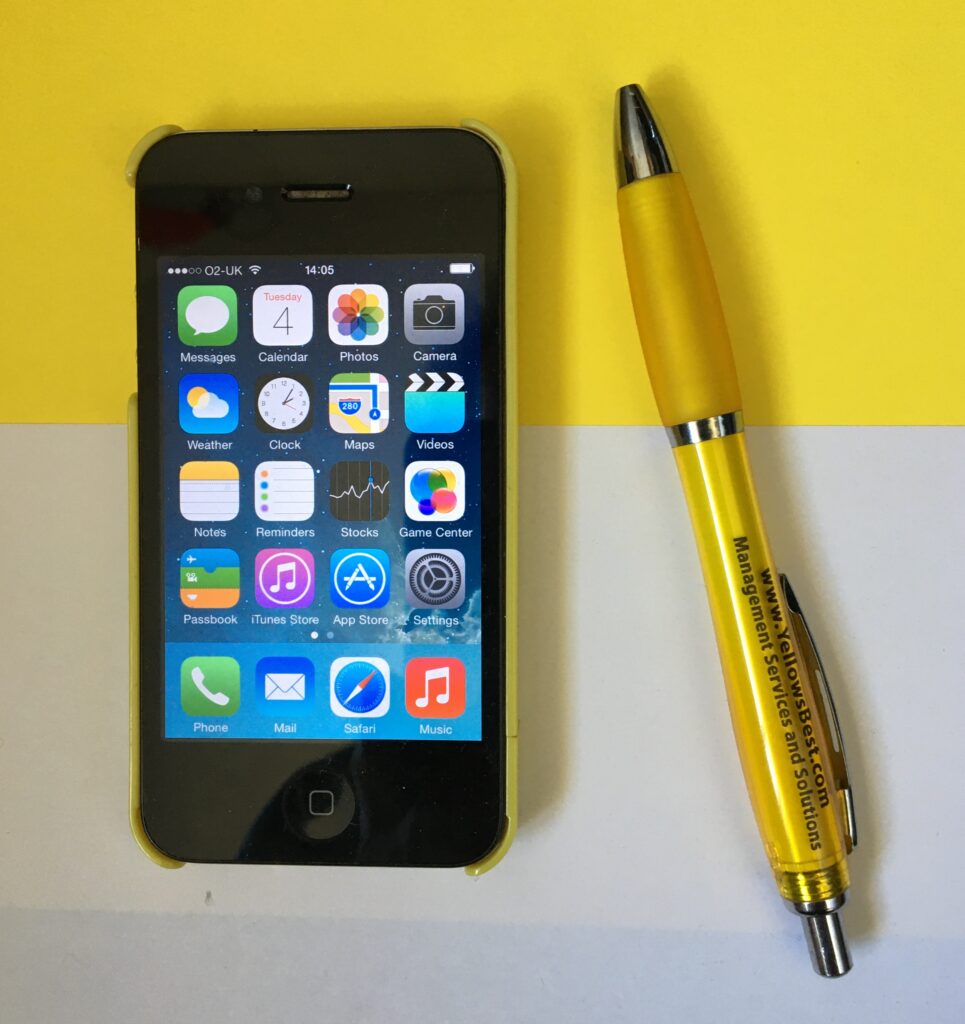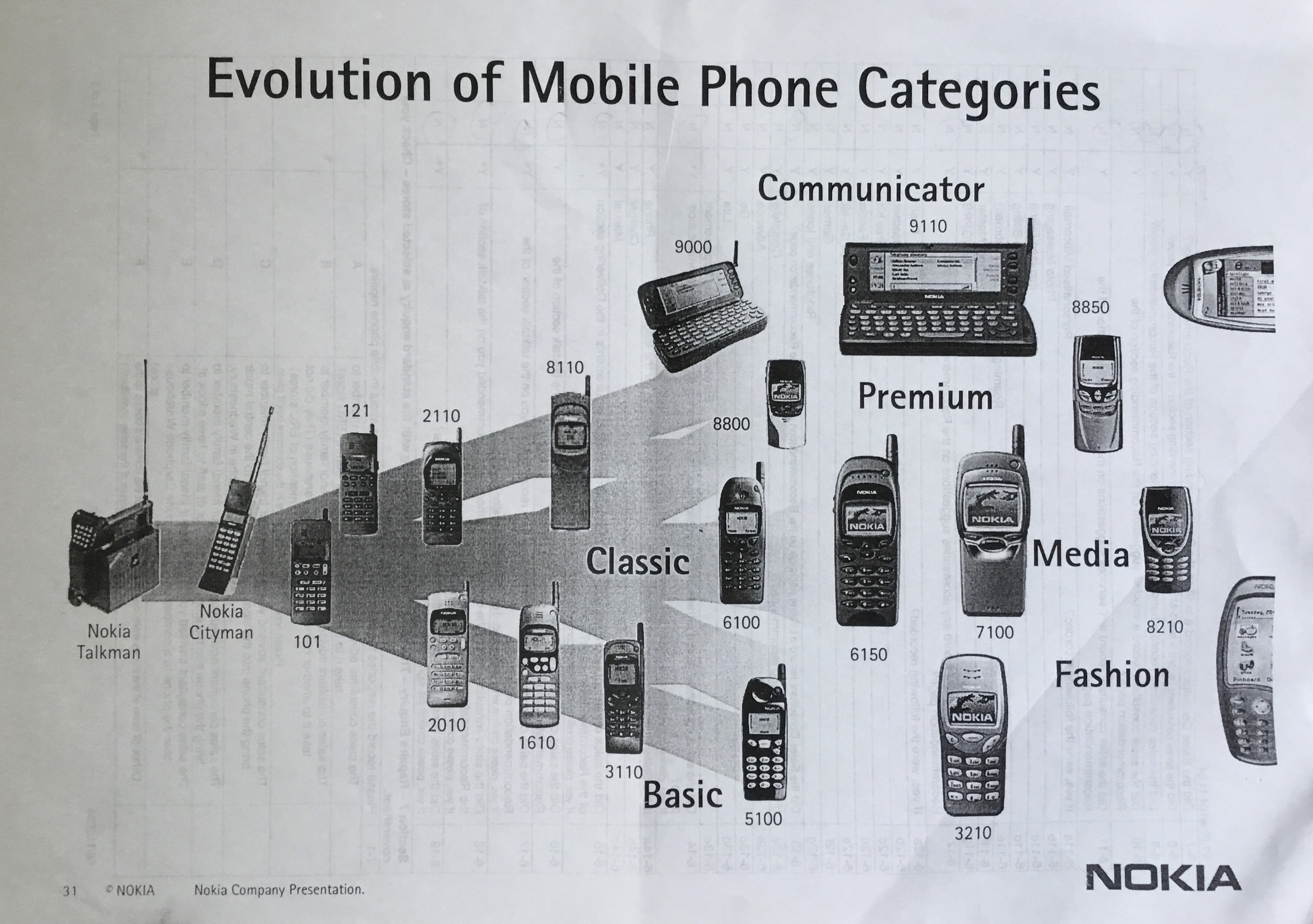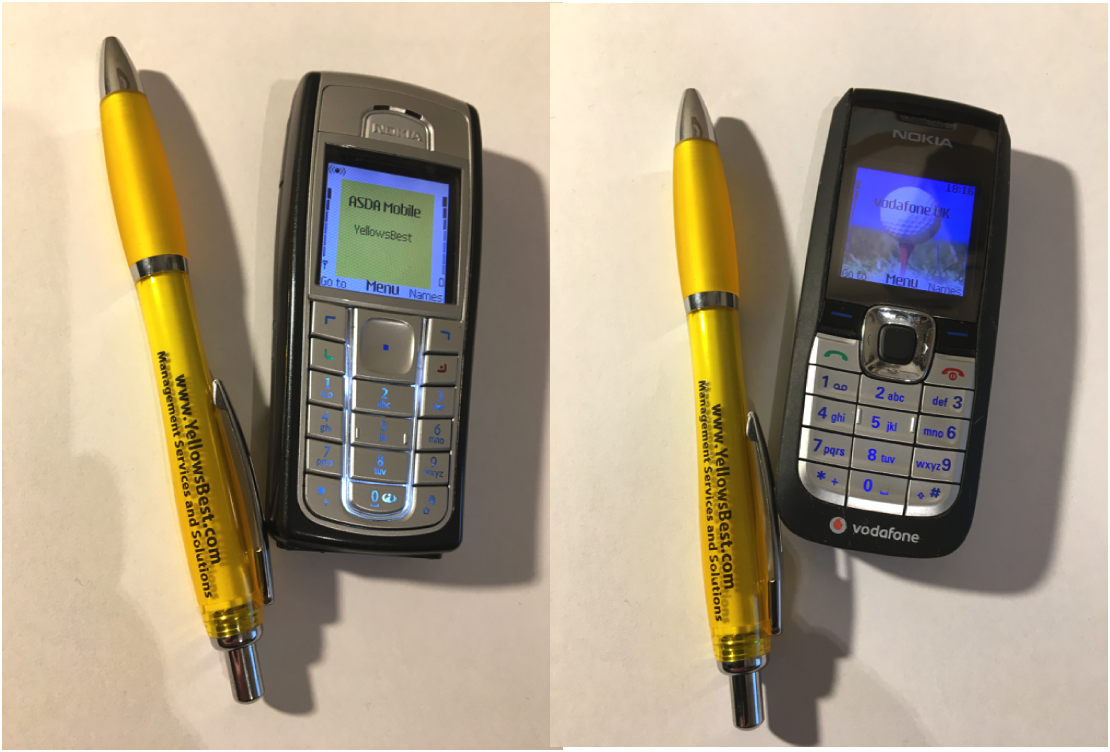When Giants ruled … mobile communications
A long time ago, great “Dinosaur beasts” of Mobile Communications were supreme. The beginnings were in the 1970’s with the launch of a Motorola handset weighing 2kg. This was followed by other barely portable products with huge batteries such as the Nokia Talkman. Only for the ‘new adopters’ who had to be in touch all the time.
Then came the ‘Bricks’
From these humble beginnings, soon a range of solid, reliable but ‘bricklike’ big and heavy phones appeared, like the Nokia 2110 and the Motorola Dynatac 8000X, as featured in the 1987 movie “Wall Street”. Designed for upwardly mobile business people.
Diverse expansion
Then came a period of rapid expansion with a diverse range of more affordable products to suit wide consumer tastes. Various forms, colours and accessories became more and more important, with slide phones like the Nokia 8110 as featured in the 1999 film “The Matrix” and flip phones like the Motorola Razr, providing a ‘Star Trek’ appeal.
Feature explosion
An expansion of more and more features to make mobiles do more fuelled the explosion of product ranges. Cameras and music players were added to increase the functionality of these increasingly sophisticated and compact pocket-sized devices, such as the Nokia 6230.

A glance at the 2004 Carphone Warehouse catalogue shows how varied mobiles had become, with the top 10 dominated by Nokia, Sony-Ericsson, Siemens and Motorola as the biggest manufacturers of the time.

‘Tyrannosaurus’ functionality heavyweights
For a while, the king of the land was the bulky, terrifyingly expensive but impressive (for its time) Nokia Communicator, offering phone, text, email and even fax. Opening up to reveal a full QWERTY keyboard, the range started with the 9000 which appeared in the 1997 film “The Saint” and had evolved by 2007 into the even more powerful E90.

Extinction Event: The Death of the incumbents
But then came biggest shock to the world of mobile communications: the launch of the first Apple iPhone on 9th January 2007.
Like a meteorite striking the earth, this shock spelt the end for many mobile types which couldn’t compete with the sudden demand for ‘touch-screen’ devices using apps.
Indeed companies like Nokia, once the biggest of them all, couldn’t adapt and died a death, as well documented in the BBC documentary “The Rise and Fall of Nokia”
Survival of the fittest
The ‘smartphones’ from Apple and later Android-based from the likes of Samsung became an increasing hit, wiping out much diversity and seeing a seismic shift away from many form factors to the now standard “slate” style of device.

Some ‘featurephones’ as they came to be known have lingered on, and in recent years companies like HMD global, who under licence have taken some iconic Nokia designs such as the 3310 and made a successful relaunch. Diversity is now finally creeping back with new variants such as the ‘folding’ Samsung Galaxy Z Fold2.
Your Paradigm shifts
Any memories or stories to tell? @YellowsBestLtd would be keen to hear your thoughts and experiences of sudden technology ‘paradigm shifts’. Let us know if we can be of any assistance with your future solution or services requirements.



